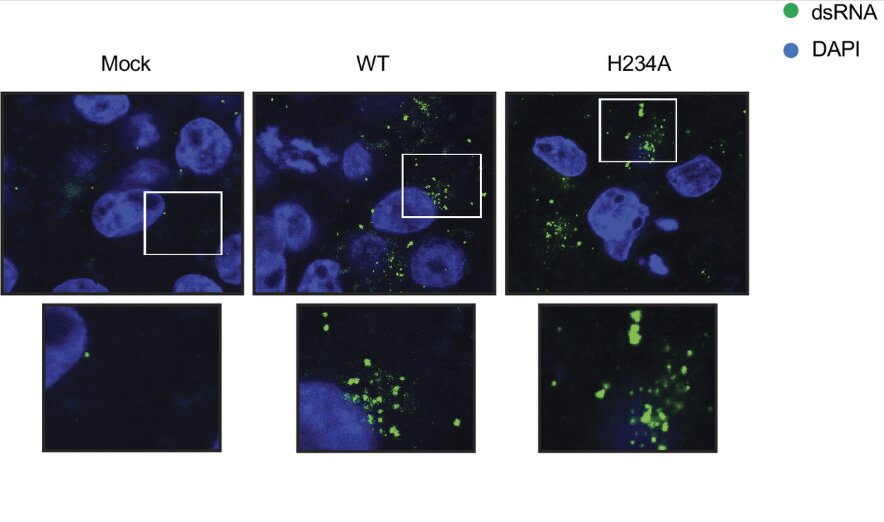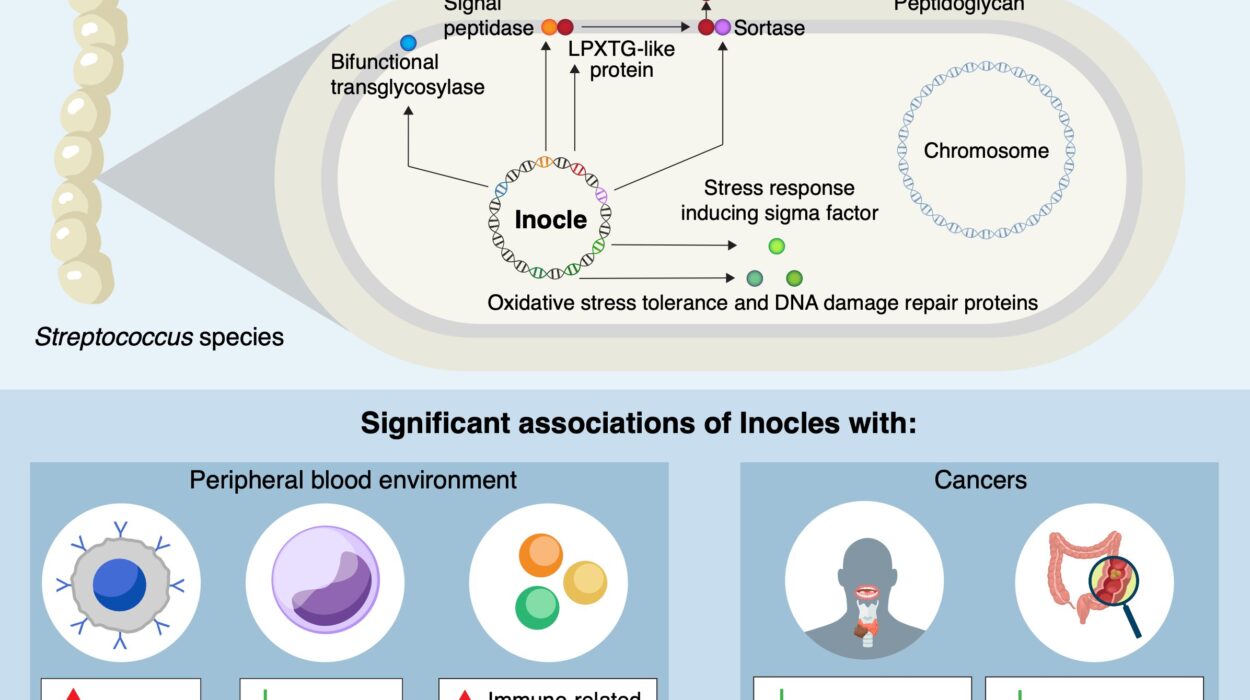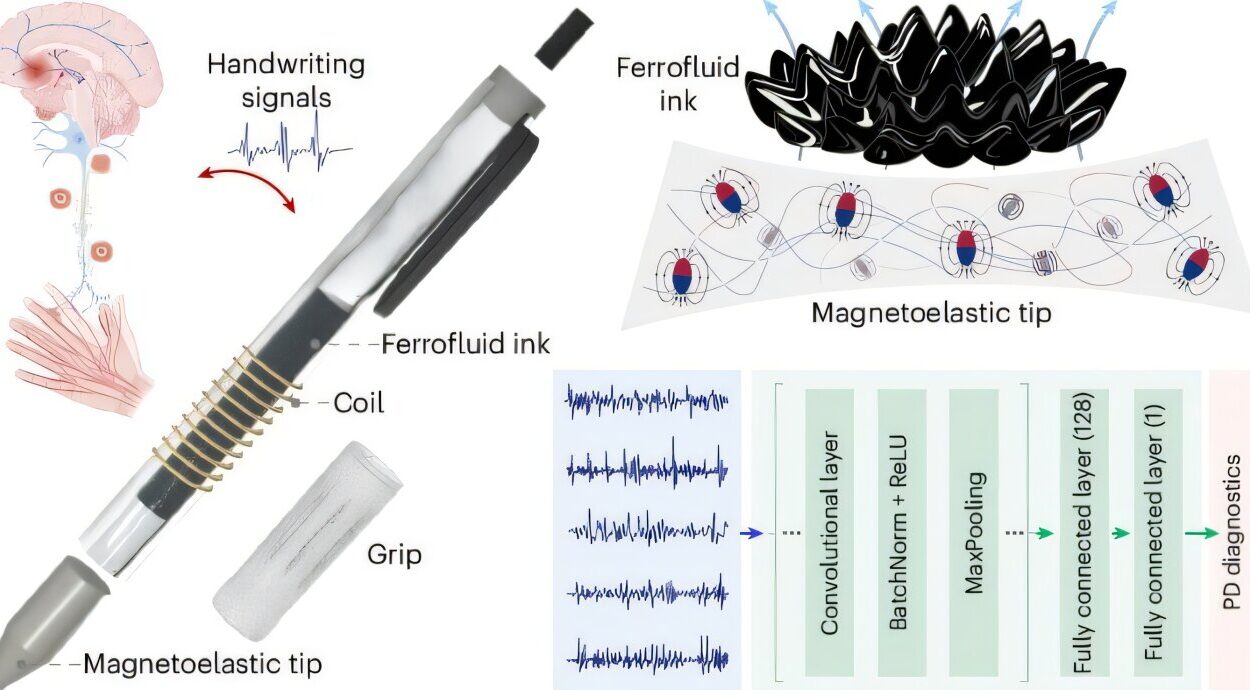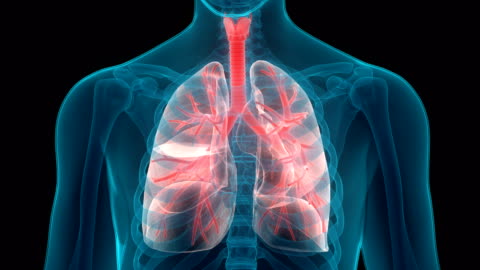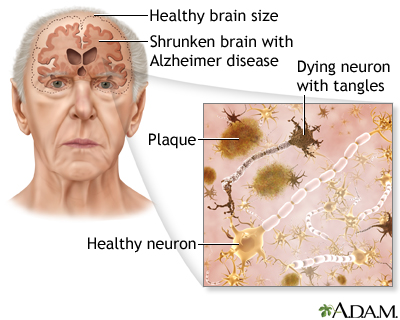Imagine waking up every morning feeling as though you never truly slept. Your alarm rings, but your body feels anchored to the bed, your mind shrouded in fog so thick that even simple thoughts feel far away. For people living with idiopathic hypersomnia, this is not an occasional bad morning—it is every day of their lives.
Idiopathic hypersomnia (IH) is a rare, chronic neurological disorder that robs individuals of wakefulness and energy. Even after a full night’s sleep, people with IH experience relentless drowsiness, difficulty waking, and cognitive sluggishness often described as “brain fog.” Unlike ordinary fatigue, this exhaustion cannot be overcome by rest, caffeine, or willpower. It is a constant, unrelenting state of half-consciousness—a life lived between sleep and wakefulness.
Understanding Idiopathic Hypersomnia
The word “idiopathic” means “of unknown cause,” and that uncertainty reflects the challenges both patients and researchers face. Unlike sleep apnea or narcolepsy, idiopathic hypersomnia has no clear trigger or underlying mechanism. It is believed to arise from a dysfunction in the brain’s sleep–wake regulation systems, possibly linked to imbalances in neurotransmitters or the body’s inability to fully transition from sleep to wakefulness.
What makes IH particularly distressing is that it defies the usual logic of sleep. Patients may sleep for ten or more hours each night, only to wake up feeling just as tired—or even more exhausted—than before. Some describe their sleep as nonrestorative: a deep slumber that offers no recovery, no renewal. Others report experiencing what they call “sleep drunkenness,” a state of prolonged confusion, disorientation, and irritability that can last for hours after waking.
Listening to the Voices of the Patients
For years, medical literature has described idiopathic hypersomnia in clinical terms—hours of sleep, brain activity patterns, and pharmacological responses. But those numbers alone cannot capture the lived experience of what it means to constantly fight for wakefulness. Recognizing this gap, a team of researchers decided to approach the condition differently: by listening directly to patients’ voices.
Their study, published in PLOS One, sought to understand IH not from medical charts but from personal stories shared online. Between 2012 and 2022, researchers combed through 346 posts, blogs, videos, and discussions created by 123 individuals from around the world. The goal was simple yet profound—to let patients describe, in their own words, what it truly feels like to live with this invisible illness.
The researchers used broad search terms like “idiopathic hypersomnia patient story” and “IH relationship impact” to find spontaneous, unscripted discussions. They gathered content from platforms like Facebook, Reddit, YouTube, and various podcasts, ensuring the insights were organic—untouched by research framing or survey bias.
The collected material was then analyzed and grouped into themes, revealing both the physical symptoms and the deep emotional toll that IH imposes.
The Reality of Living with Unending Sleepiness
The stories painted a strikingly consistent picture: no amount of sleep is ever enough. Many participants described their lives as a continuous loop of sleeping, waking, and longing to sleep again. Some likened the sensation to being underwater, where thoughts and sensations move in slow motion, dulled and distant. Others spoke of “never feeling truly awake,” as though part of their mind remained trapped in dreams even as their body moved through the motions of daily life.
One of the most unsettling symptoms mentioned was automatic behavior—performing actions without conscious awareness. Patients described getting dressed, cooking, or even driving, only to later realize they had no memory of doing so. This blurring of consciousness adds an element of danger and confusion to daily routines, reinforcing the feeling of being half-asleep in one’s own life.
Fatigue is only one part of the struggle. IH also drains physical energy to the point where even small tasks feel monumental. Simple activities such as taking a shower or attending a short meeting can feel like climbing a mountain. This chronic exhaustion can lead to isolation, as individuals withdraw from work, social events, and relationships simply because staying awake feels impossible.
The Emotional and Social Toll
Beyond the physical symptoms lies a deep psychological burden. Many people with idiopathic hypersomnia describe feelings of guilt, frustration, and despair. They are often misunderstood, labeled as lazy or unmotivated by those who cannot grasp the severity of the disorder. Friends may grow distant, careers may stall, and relationships may suffer under the weight of misunderstanding.
The emotional consequences can be devastating. One participant in the study shared a raw, powerful reflection: “It is a testament both to an excellent therapist and my immense willpower that I learned to cope with IH well enough to want to remain alive. I do not say that lightly.”
This quote underscores the immense resilience required to live with IH. The constant drowsiness is not just a physical symptom—it affects identity, self-worth, and one’s very sense of existence. When the boundary between sleep and wakefulness is blurred, the line between living and merely existing begins to fade.
How Research Through Patient Voices Changes Understanding
The study’s approach—using spontaneous online content—represents a new and empathetic direction in medical research. By prioritizing patient voices, researchers gain a richer, more holistic view of the disorder. These personal accounts capture nuances that clinical trials often miss: the fear of losing independence, the daily uncertainty of how long wakefulness will last, and the emotional toll of feeling invisible to others.
While the study acknowledges limitations—since it only includes people who publicly share their experiences—it nonetheless provides invaluable insights into the lived reality of idiopathic hypersomnia. Such qualitative research can inform doctors, pharmaceutical developers, and policymakers, helping them design better diagnostic tools and more effective, patient-centered treatments.
The researchers concluded that understanding IH through the eyes of patients can improve clinical care, drive drug development, and raise awareness. In essence, science becomes not just about studying symptoms but about understanding lives.
The Challenge of Diagnosis and Treatment
Diagnosing idiopathic hypersomnia remains difficult. Because its symptoms overlap with other sleep disorders—such as narcolepsy or sleep apnea—it is often misdiagnosed or dismissed entirely. Patients frequently endure years of uncertainty before receiving an accurate diagnosis, during which time their condition may worsen due to lack of proper management.
Treatment options are limited and often imperfect. Stimulant medications like modafinil or amphetamines are commonly prescribed to promote wakefulness, but they do not address the underlying cause and can lose effectiveness over time. Some patients experiment with strict sleep schedules or light therapy, yet these methods offer only modest relief.
What patients want most, as this study shows, is understanding. They seek validation that their experience is real, that their struggle is not a sign of weakness but a symptom of a neurological condition that science has yet to fully unravel.
The Importance of Awareness
Raising awareness about idiopathic hypersomnia is vital not only for improving medical understanding but also for fostering empathy. Because IH is an invisible disorder, many sufferers face skepticism from employers, teachers, and even family members. They are often told to “try harder” or “get more sleep,” comments that reveal a deep misunderstanding of what they endure.
Awareness campaigns and patient advocacy groups play an essential role in changing this narrative. By amplifying personal stories and promoting scientific education, they help shift public perception from doubt to compassion. Increased awareness can also accelerate funding for research, leading to better treatments and a clearer understanding of what causes the condition in the first place.
The Human Side of Science
Science often begins in laboratories, but sometimes it must begin with listening. The study on idiopathic hypersomnia reminds us that patients are not just data points—they are people living through experiences that defy easy measurement. When researchers take the time to hear their voices, they gain not only scientific insights but also a deeper sense of humanity.
For those living with IH, each day is a quiet battle against the body’s own rhythms. They navigate a world that is always half-dreamed, where wakefulness must be fought for minute by minute. Yet their willingness to share their experiences publicly—through blogs, forums, and videos—represents a remarkable act of courage. It transforms private suffering into collective understanding, helping others feel less alone.
Hope for the Future
Though there is currently no cure for idiopathic hypersomnia, progress is being made. Advances in neuroscience and sleep medicine are beginning to reveal more about how the brain regulates consciousness and alertness. New medications are being developed to improve wakefulness, and clinical studies are exploring potential biomarkers that could one day lead to faster diagnosis.
Most importantly, the growing inclusion of patient perspectives ensures that future research will be guided not only by data but also by compassion. Listening to those who live with IH every day brings science closer to its ultimate goal—not just understanding disease, but alleviating human suffering.
More information: Sarah L. Bermingham et al, The experience and impact of living with idiopathic hypersomnia: A qualitative study of patient perspectives shared in online media, PLOS One (2025). DOI: 10.1371/journal.pone.0333497

